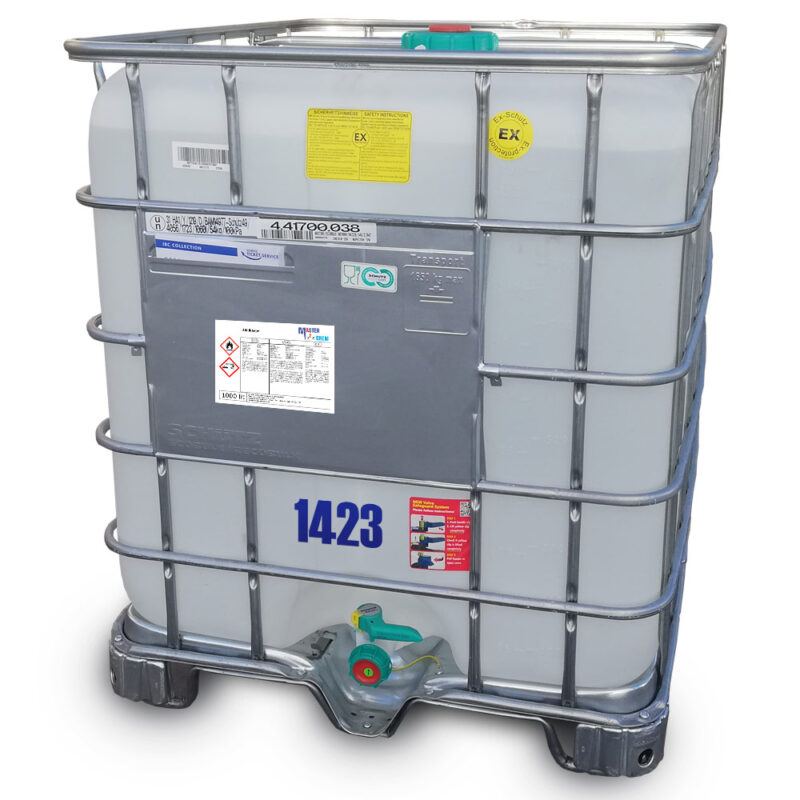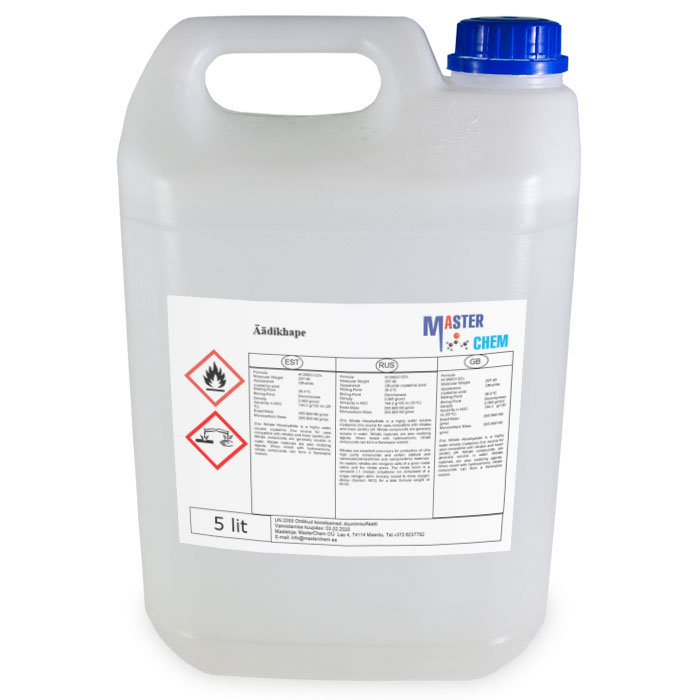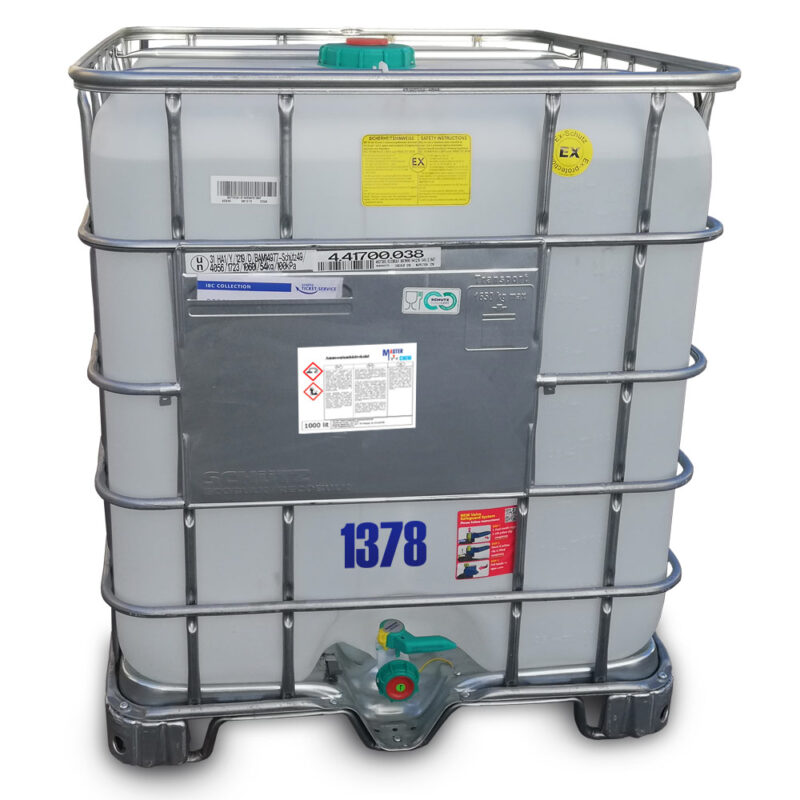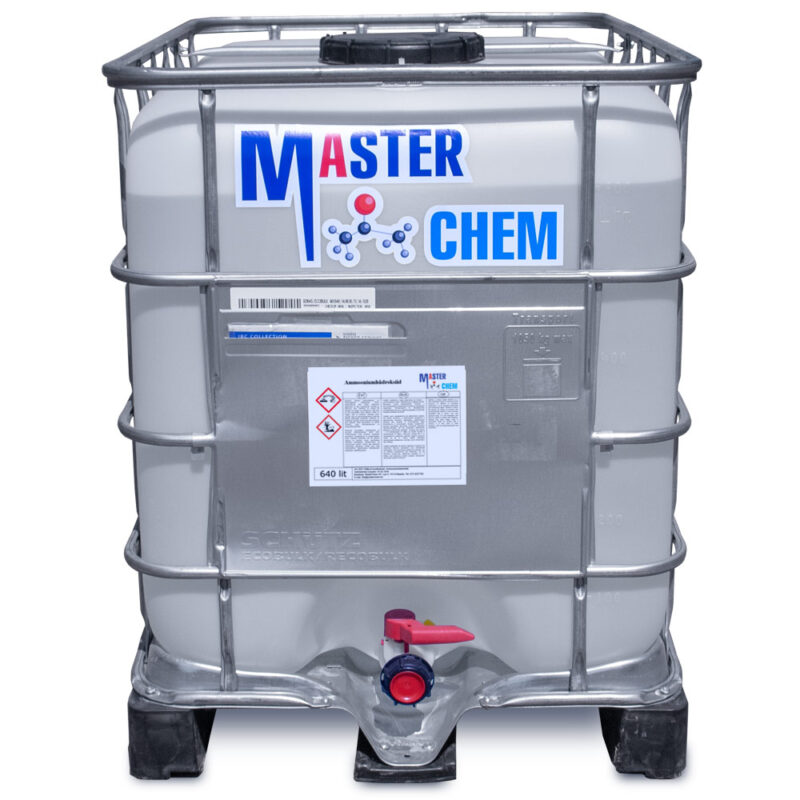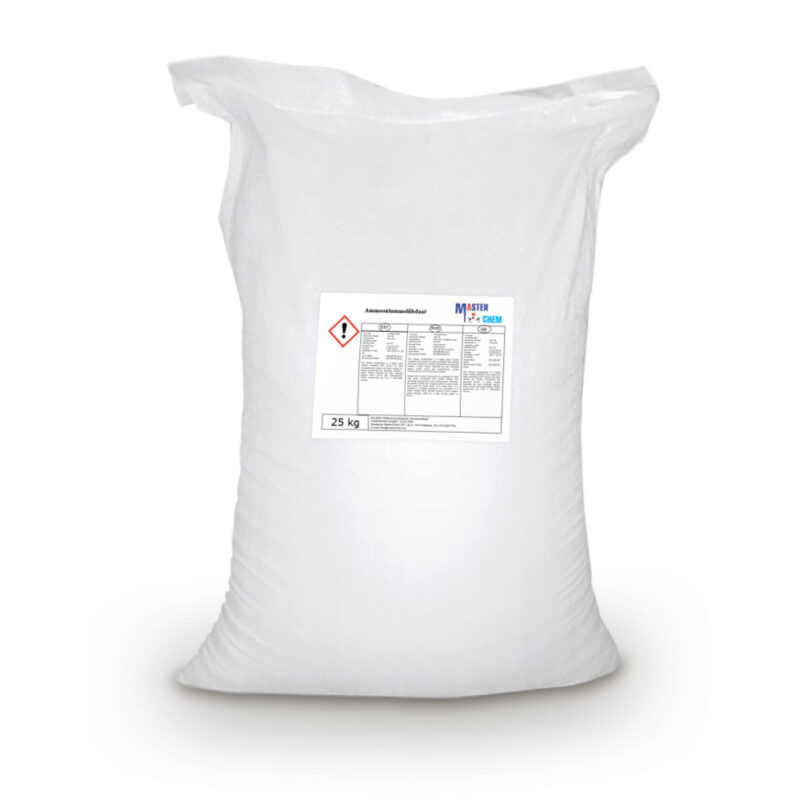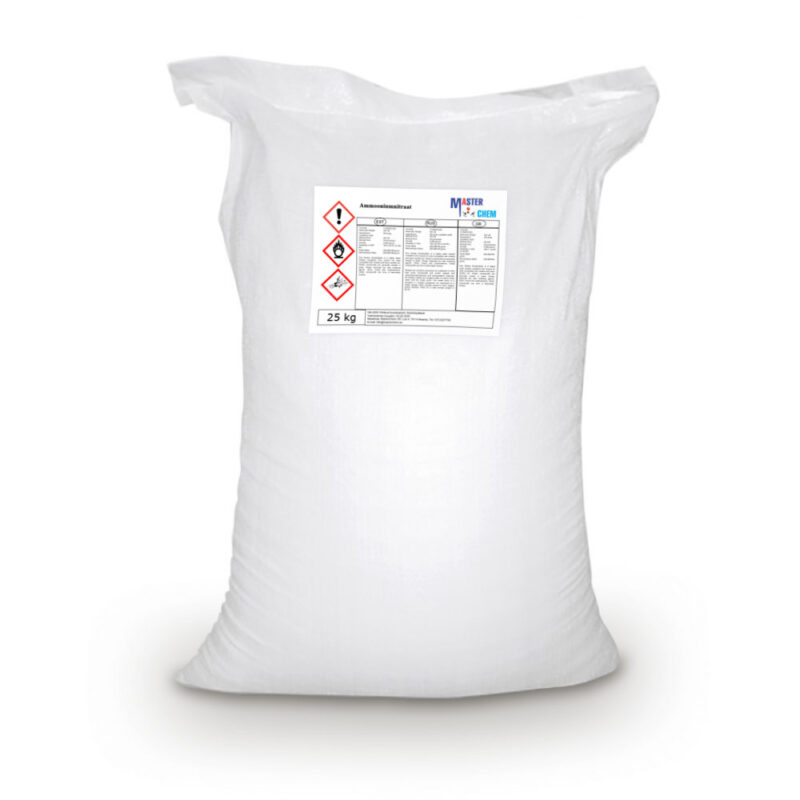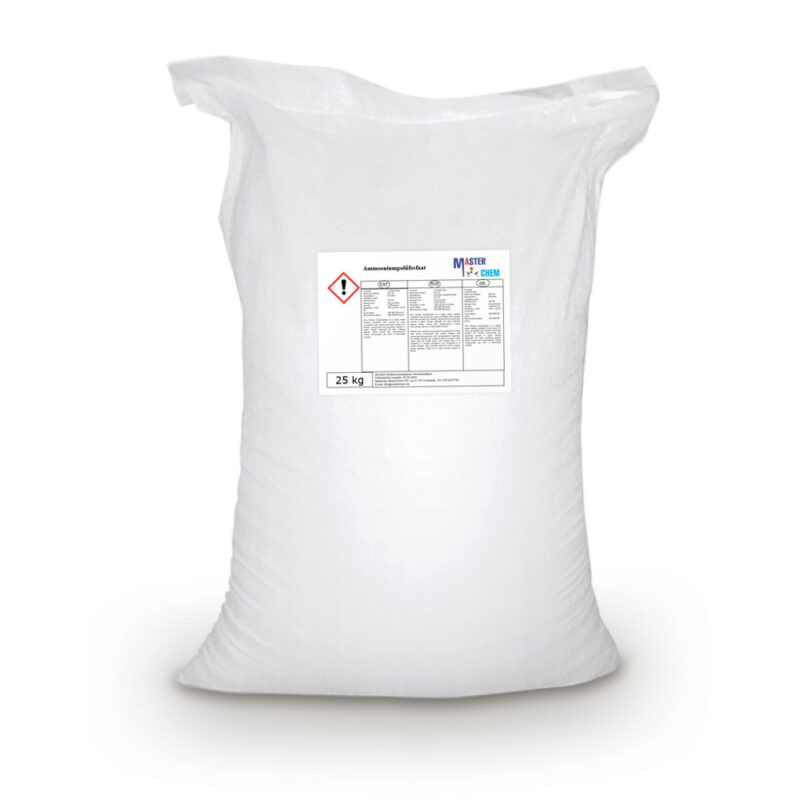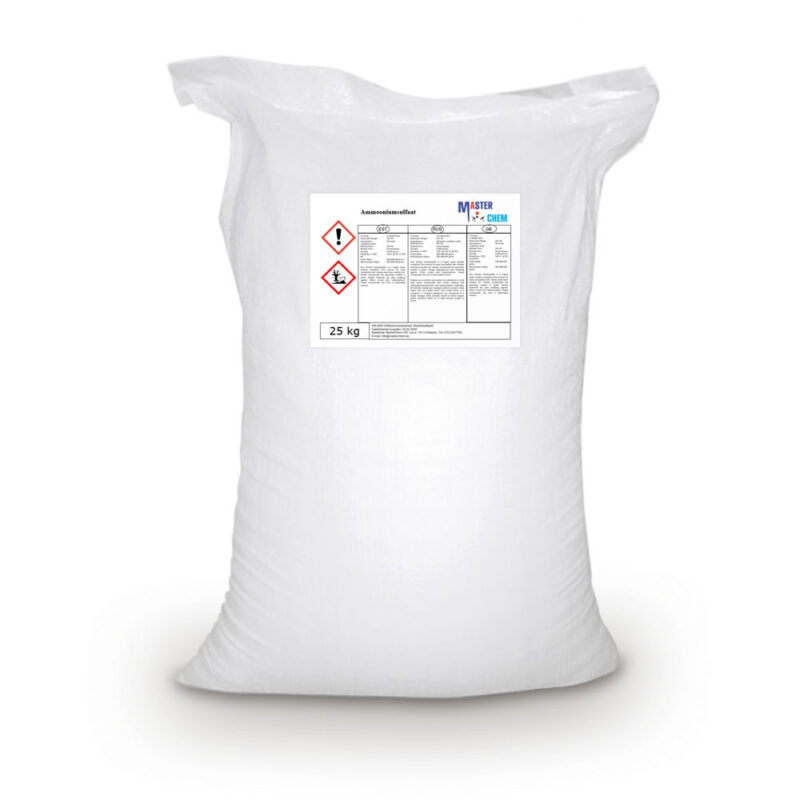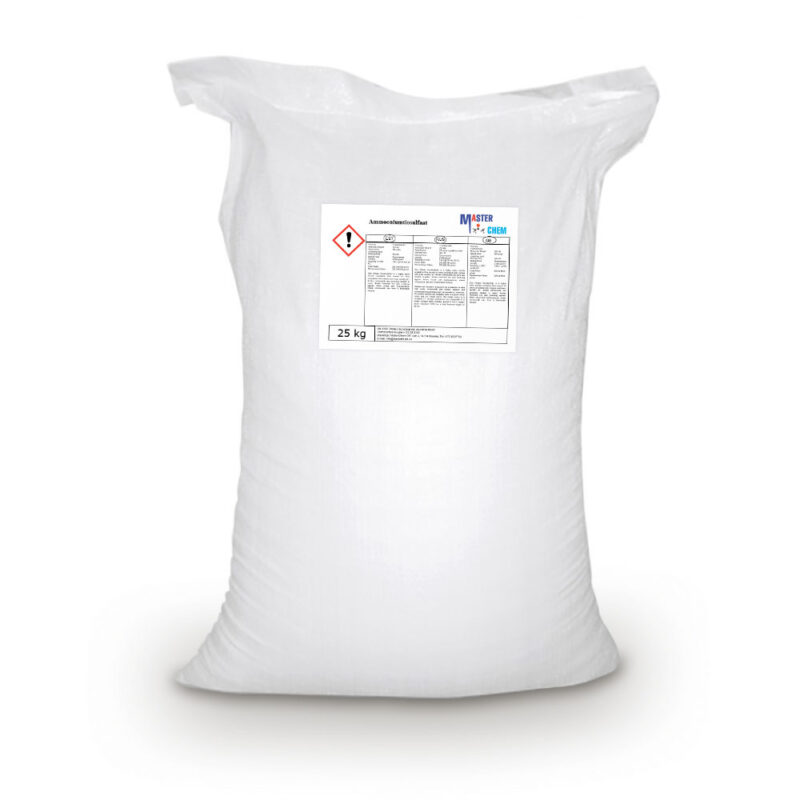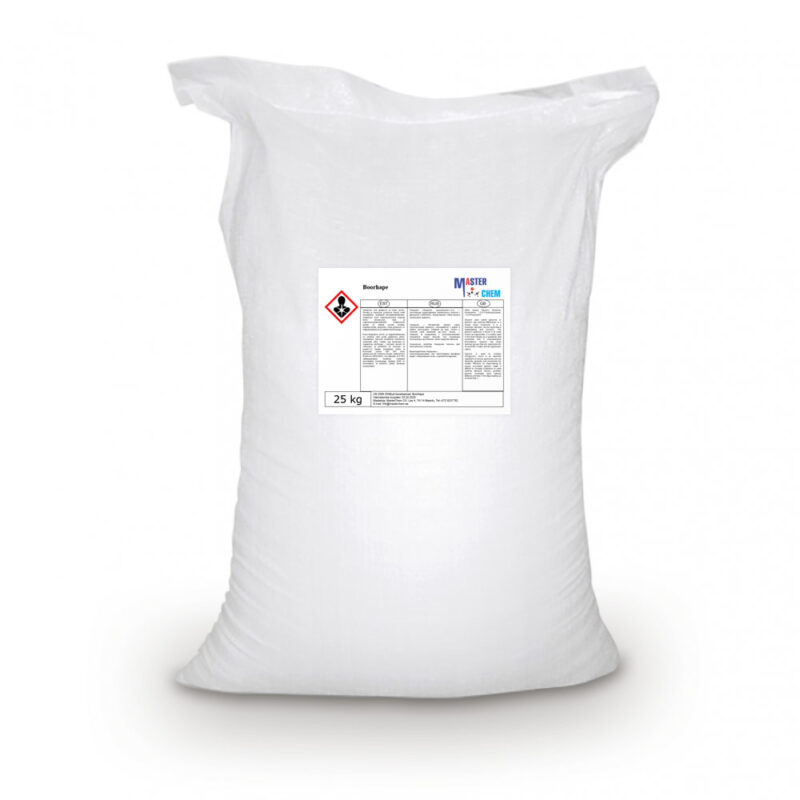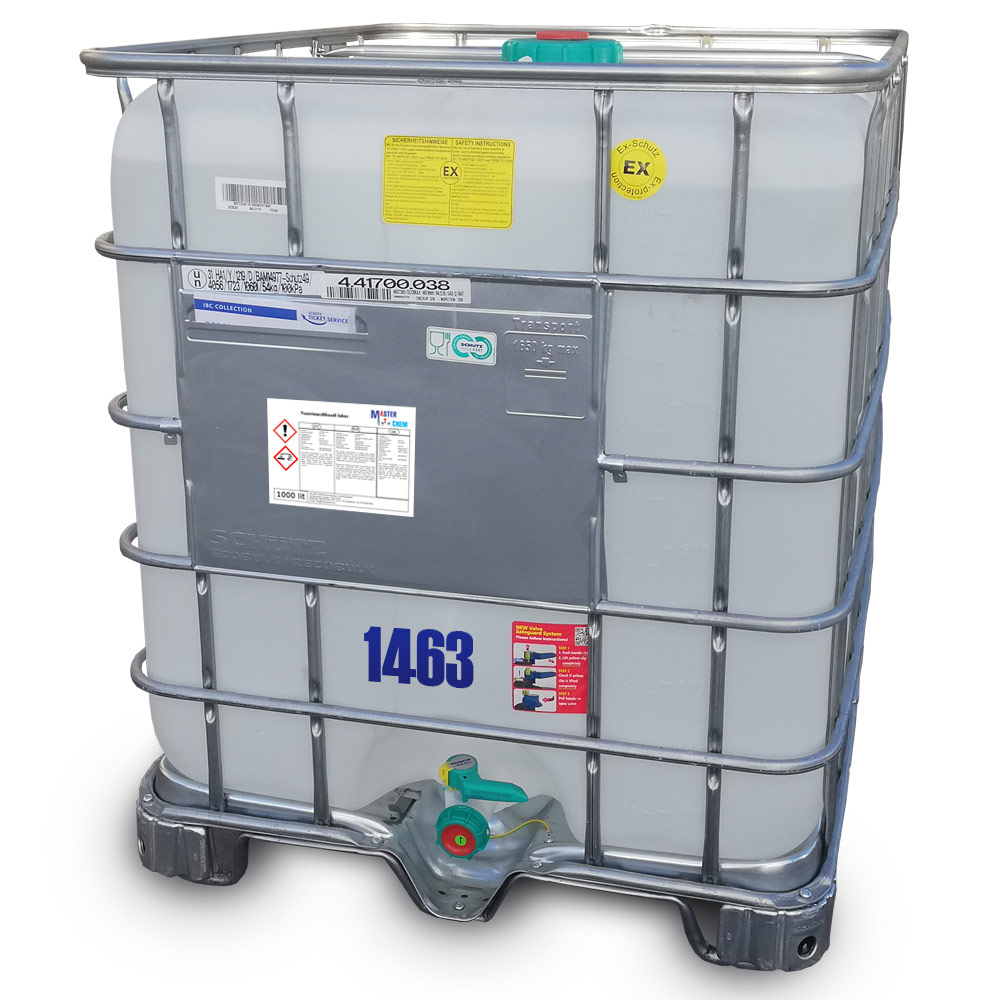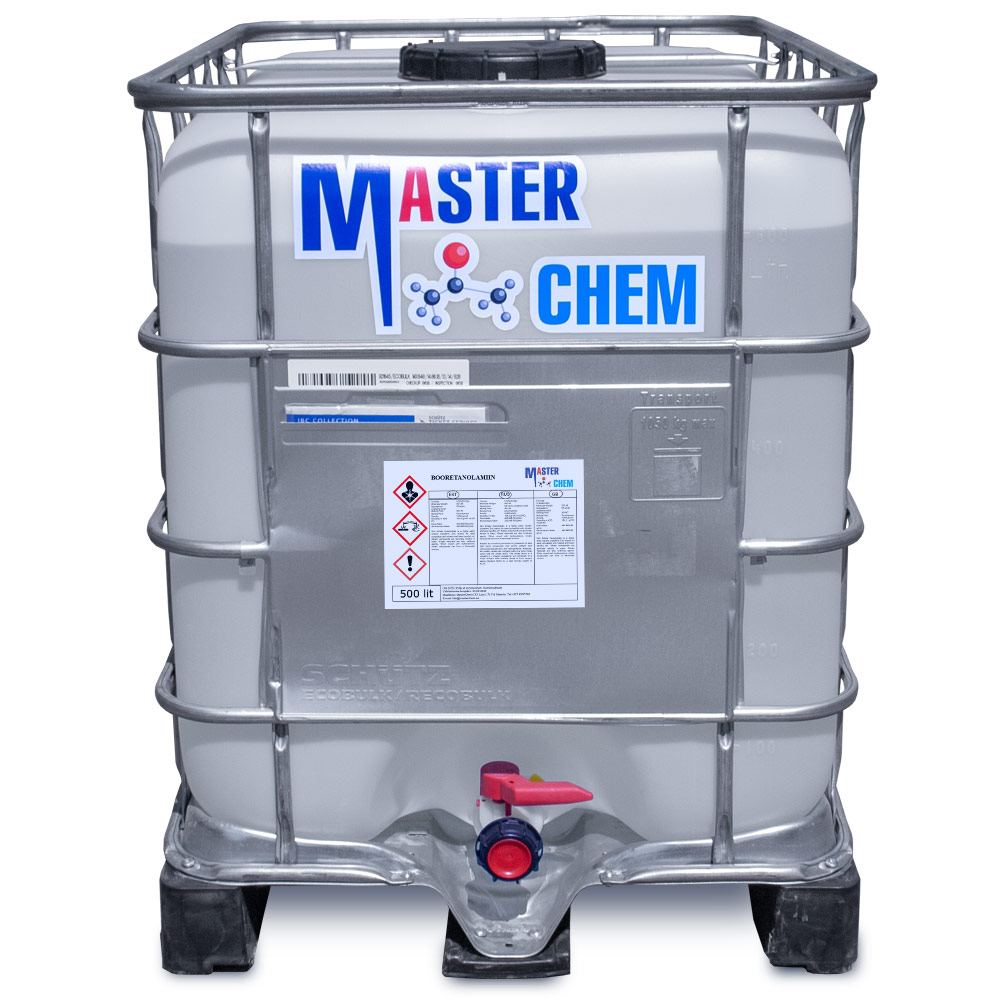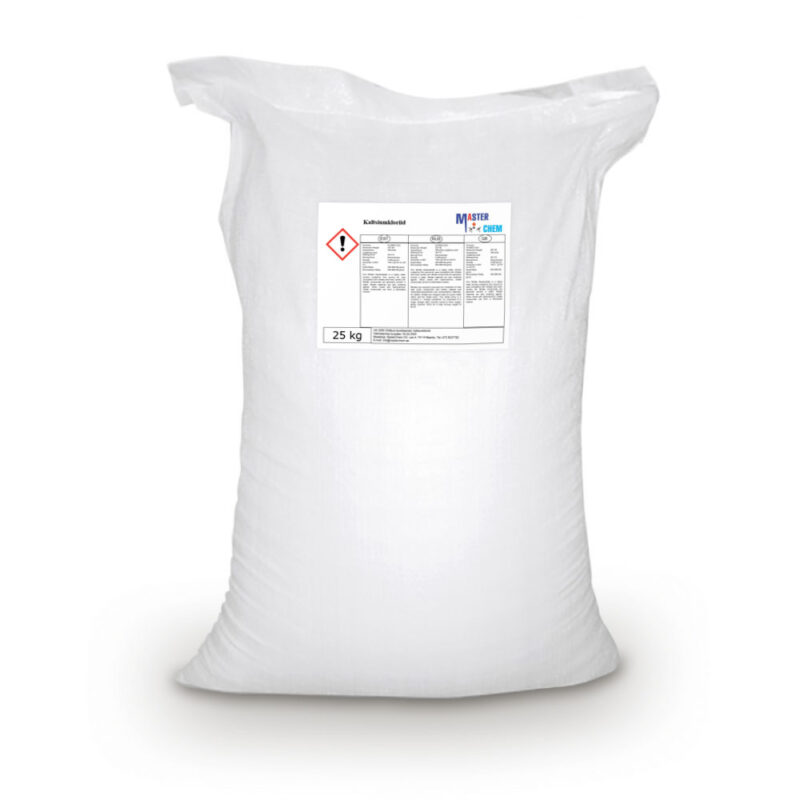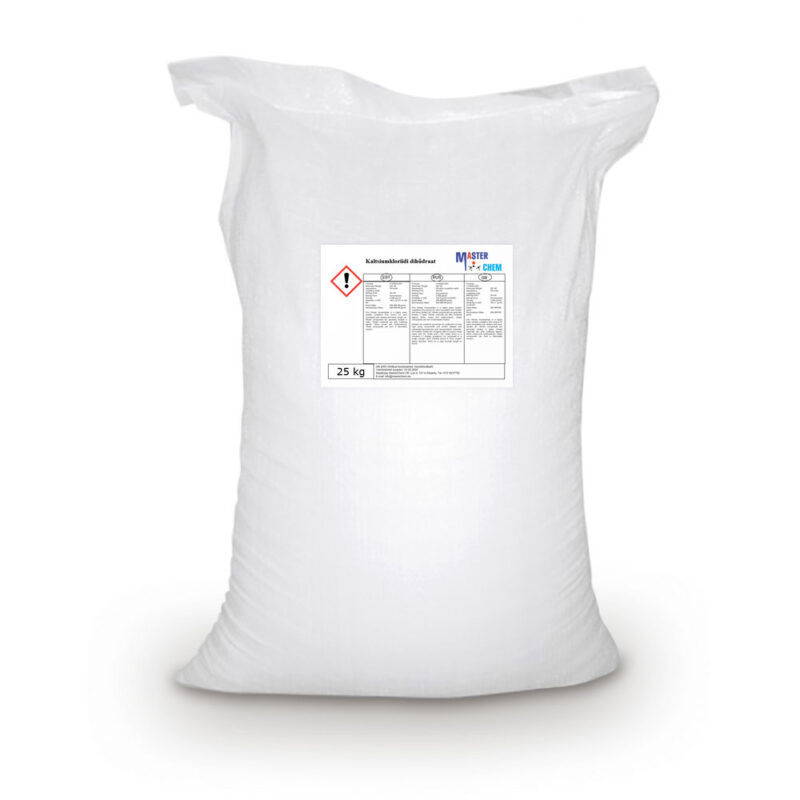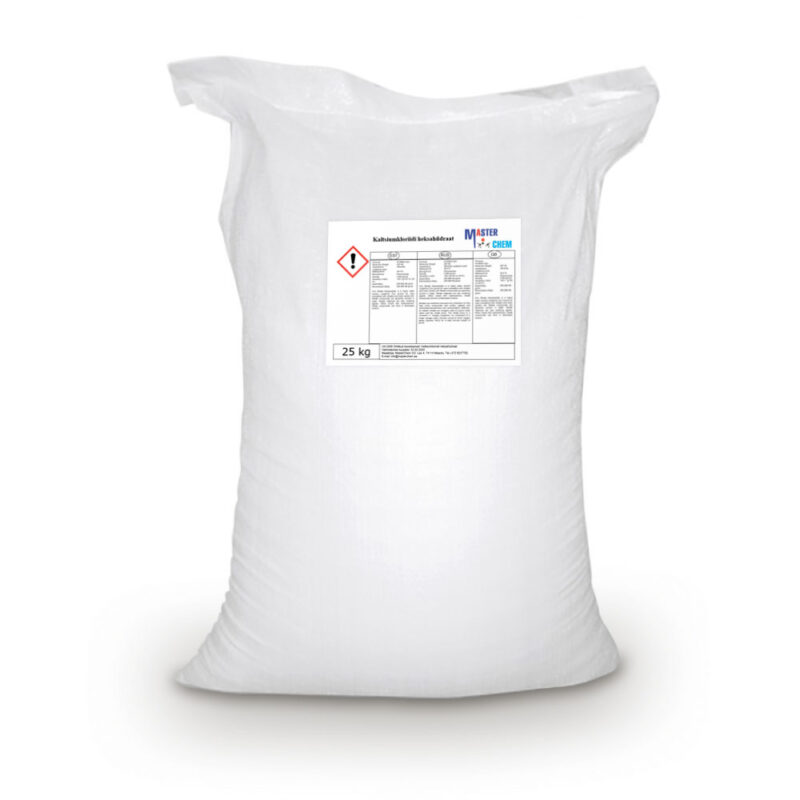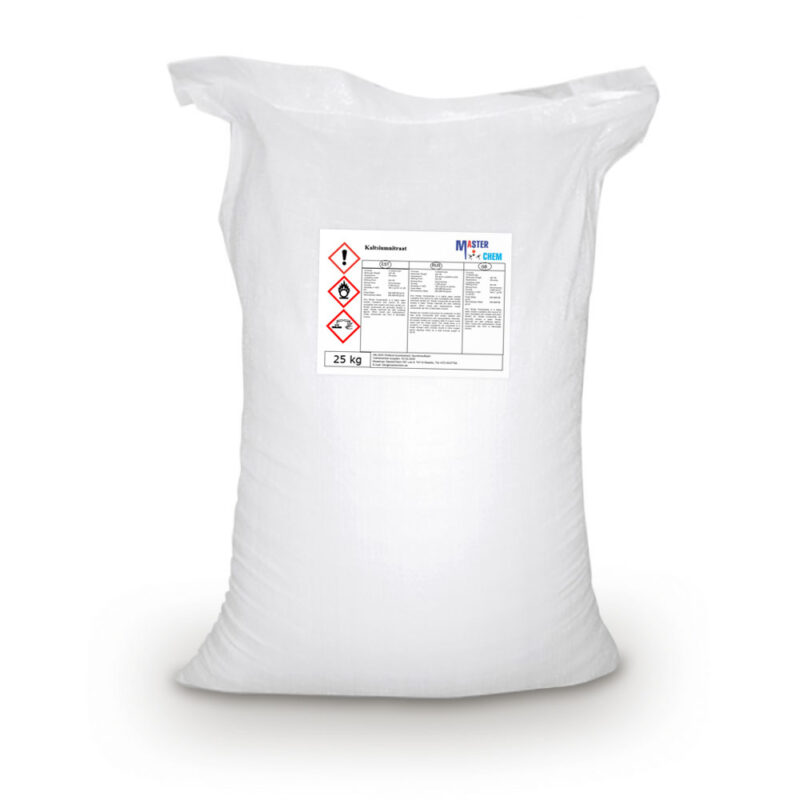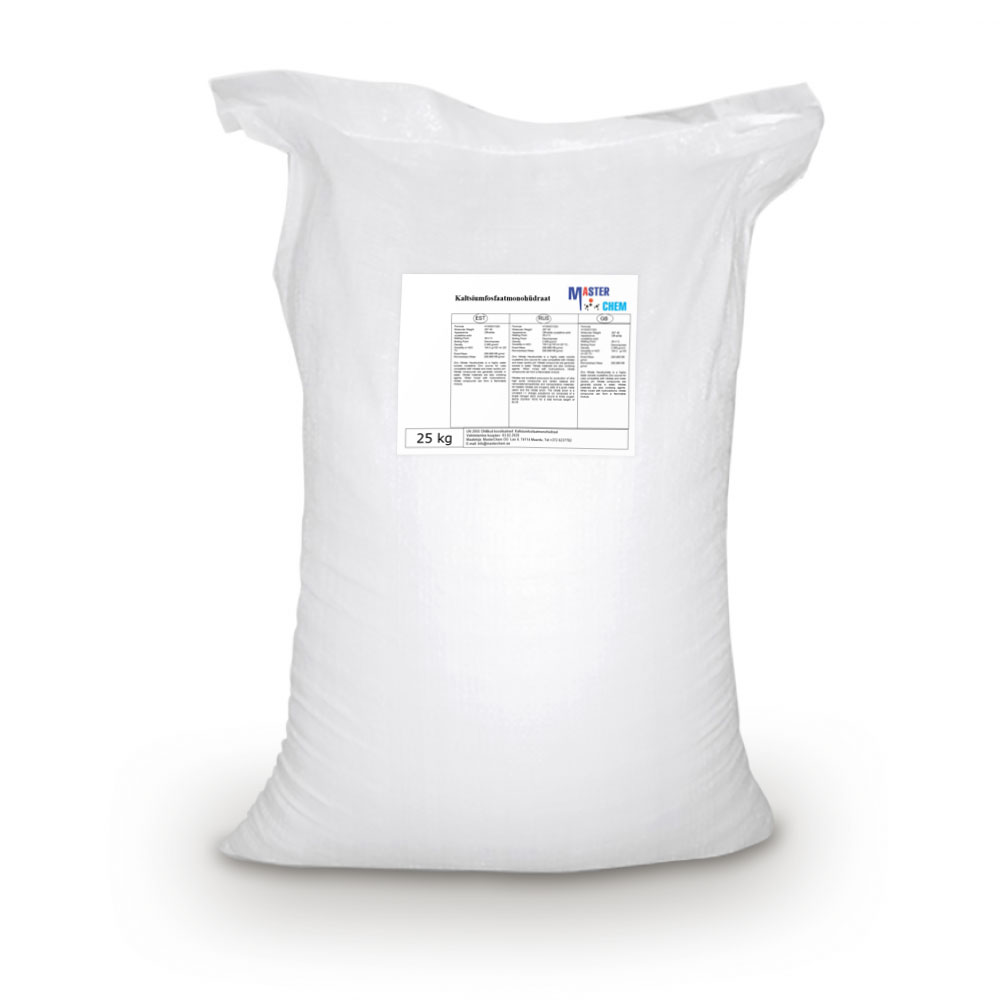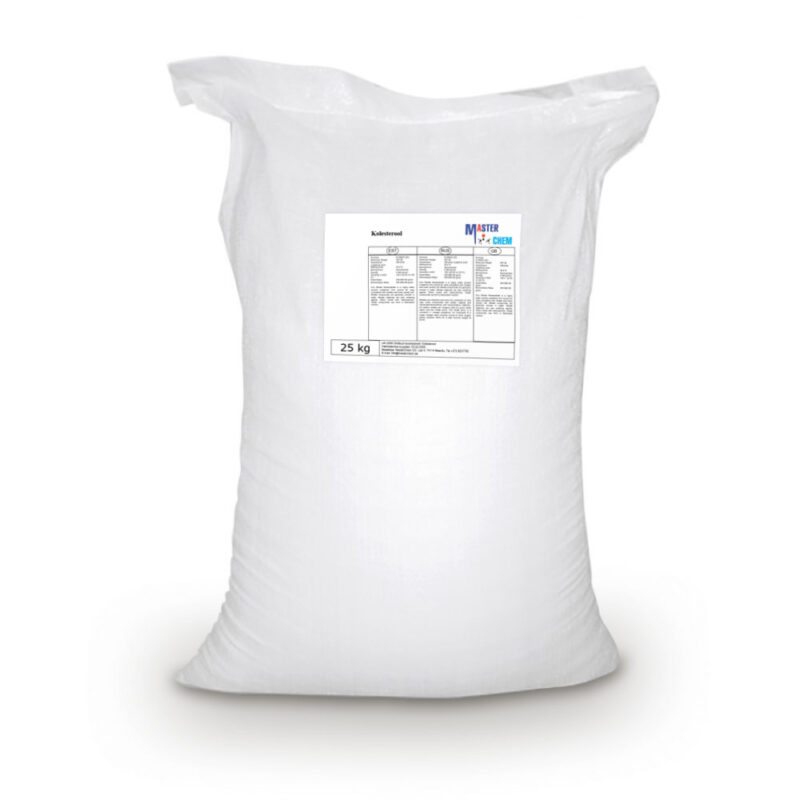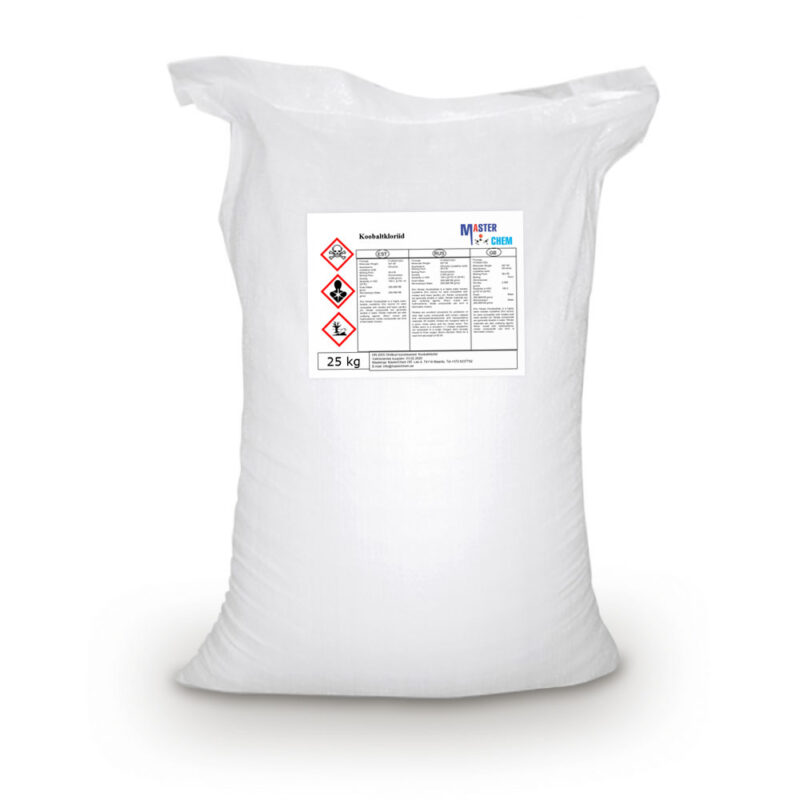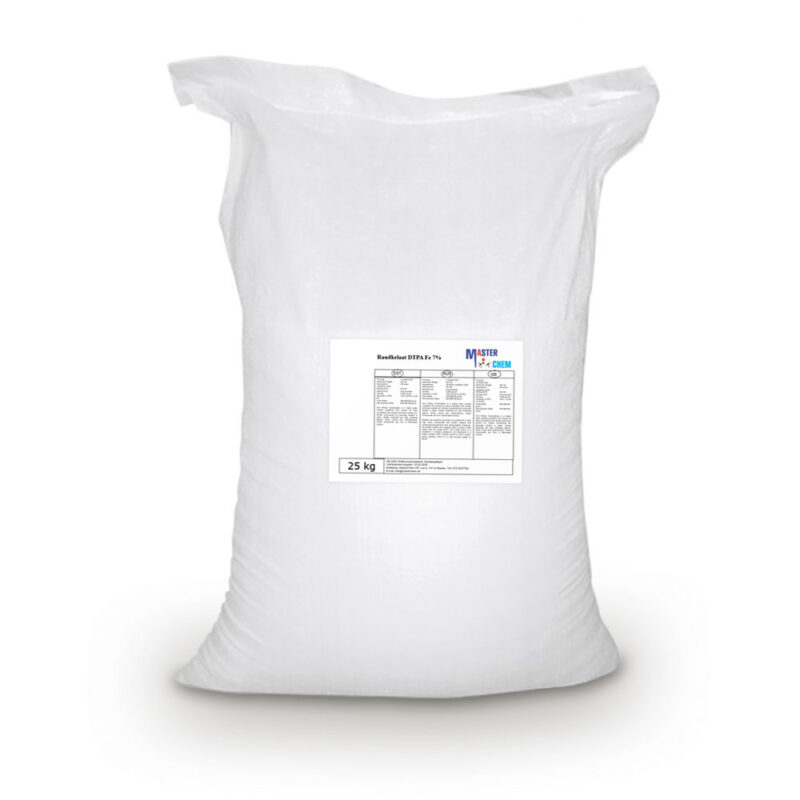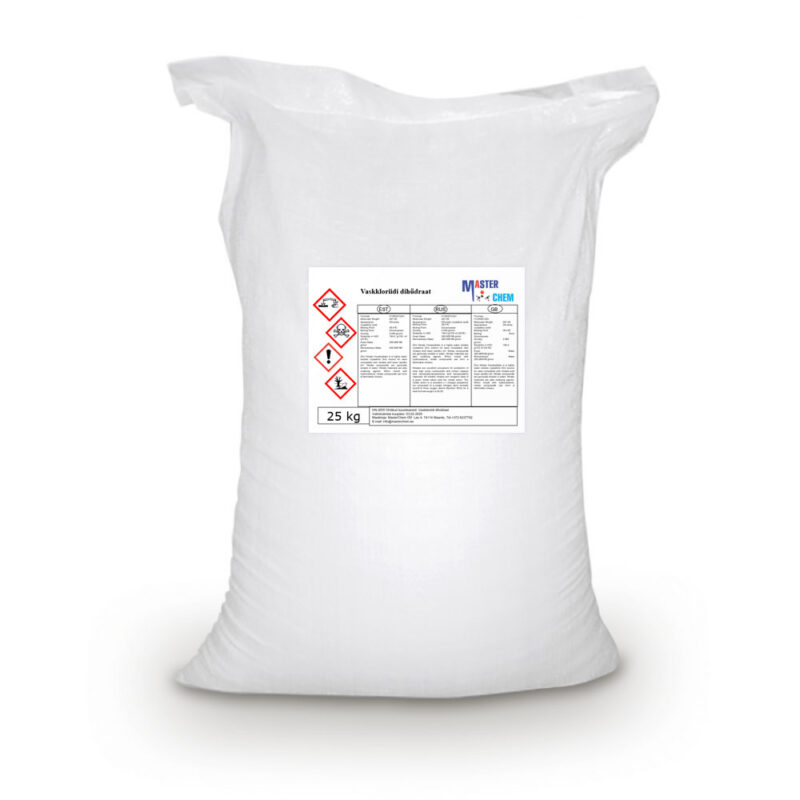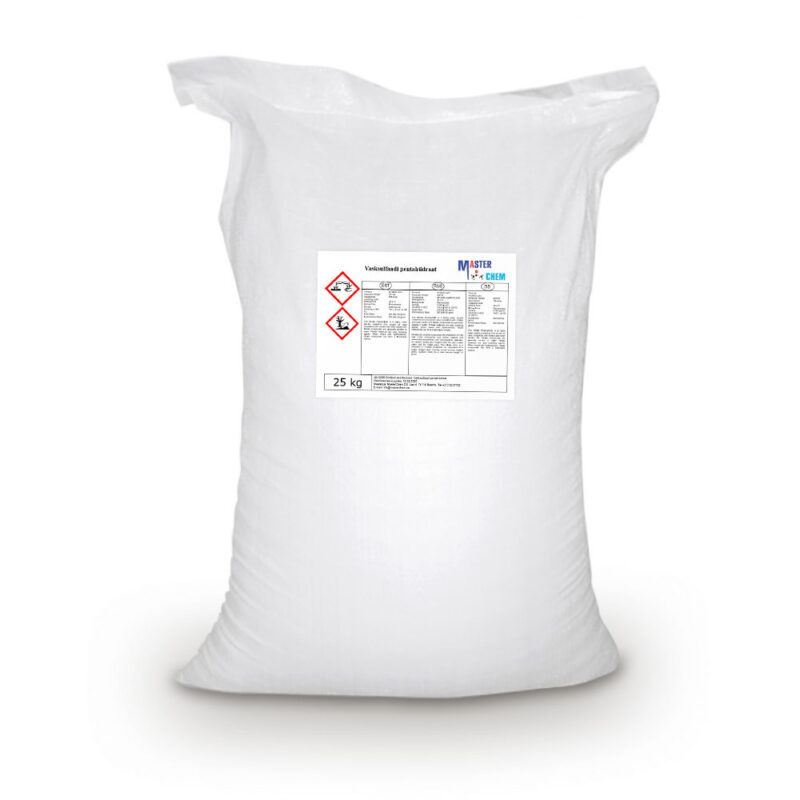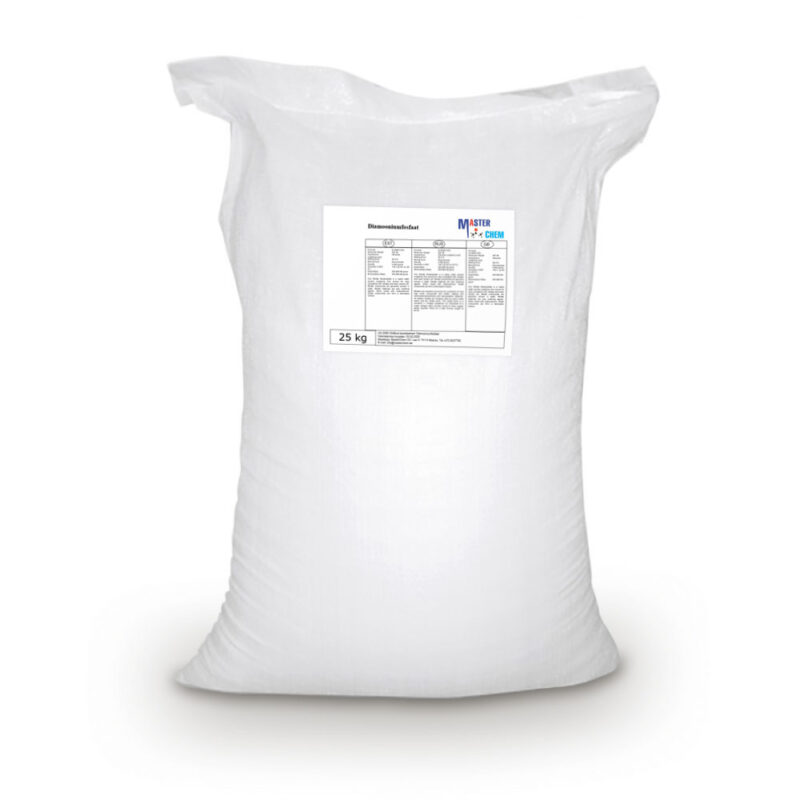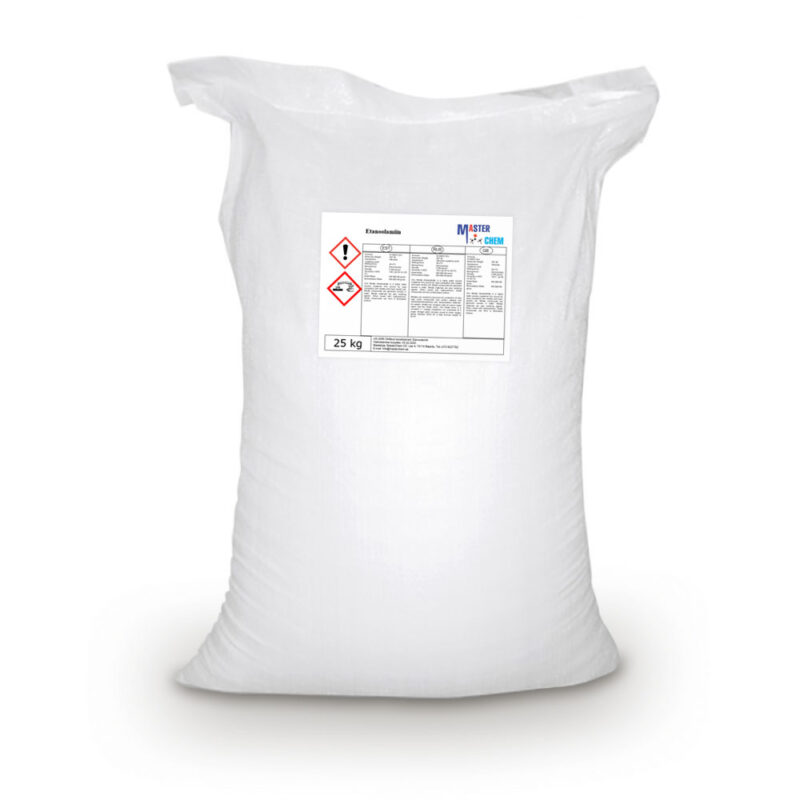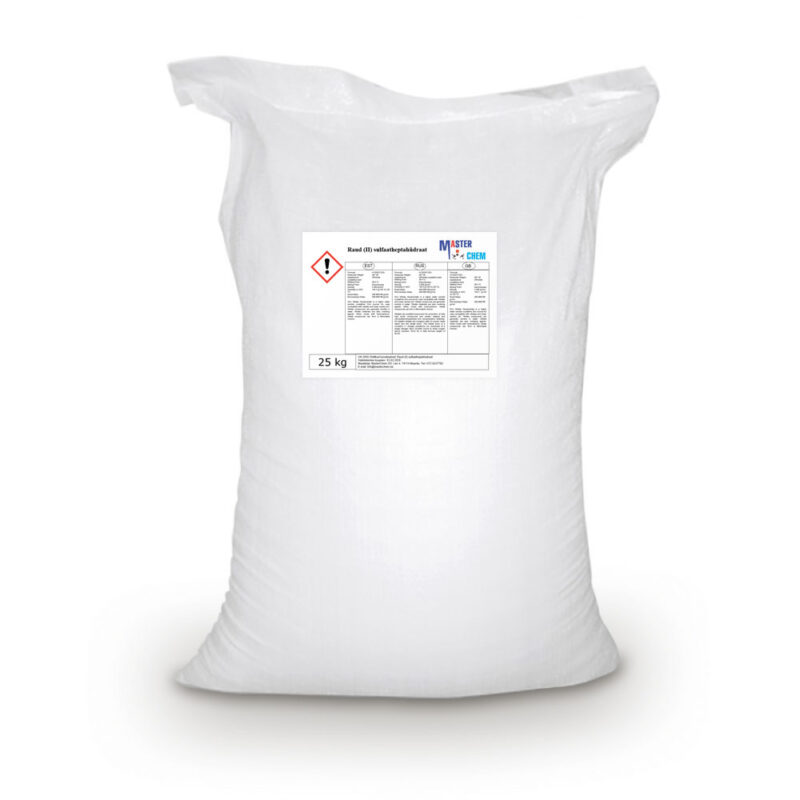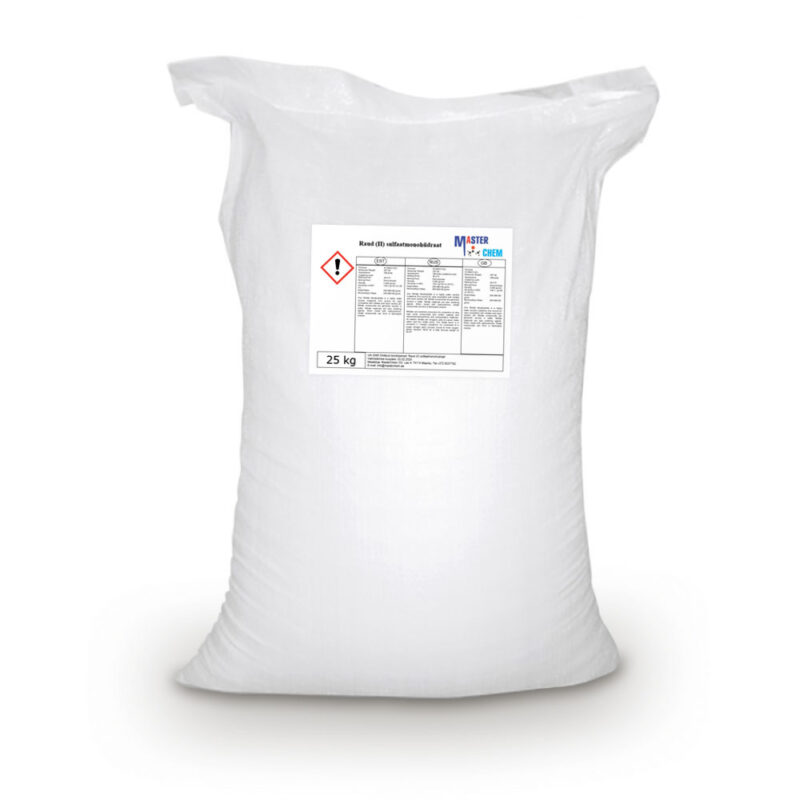Acetic Acid 50% (CAS 64-19-7)
Acetic Acid 50% (CAS 64-19-7)
Acetic acid, systematically named ethanoic acid, is an acidic, colourless liquid and organic compound with the chemical formula CH3COOH (also written as CH3CO2H, C2H4O2, or HC2H3O2). Vinegar is no less than 4% acetic acid by volume, making acetic acid the main component of vinegar apart from water and other trace elements.
Acetic acid is the second simplest carboxylic acid (after formic acid). It is an important chemical reagent and industrial chemical, used primarily in the production of cellulose acetate for photographic film, polyvinyl acetate for wood glue, and synthetic fibres and fabrics. In households, diluted acetic acid is often used in descaling agents. In the food industry, acetic acid is controlled by the food additive code E260 as an acidity regulator and as a condiment. In biochemistry, the acetyl group, derived from acetic acid, is fundamental to all forms of life. When bound to coenzyme A, it is central to the metabolism of carbohydrates and fats.
Acetic acid is a chemical reagent for the production of chemical compounds. The largest single use of acetic acid is in the production of vinyl acetate monomer, closely followed by acetic anhydride and ester production. The volume of acetic acid used in vinegar is comparatively small.
Ammonia solution (CAS 1336-21-6)
Ammonia solution (CAS 1336-21-6)
Ammonia solution, also known as ammonia water, ammonium hydroxide, ammoniacal liquor, ammonia liquor, aqua ammonia, aqueous ammonia, or (inaccurately) ammonia, is a solution of ammonia in water. It can be denoted by the symbols NH3(aq). Although the name ammonium hydroxide suggests an alkali with composition [NH4+][OH−], it is actually impossible to isolate samples of NH4OH. The ions NH4+ and OH− do not account for a significant fraction of the total amount of ammonia except in extremely dilute solutions.
Diluted (1–3%) ammonia is also an ingredient of numerous cleaning agents, including many window cleaning formulas. Because aqueous ammonia is a gas dissolved in water, as the water evaporates from a window, the gas evaporates also, leaving the window streak-free.
In addition to use as an ingredient in cleansers with other cleansing ingredients, ammonia in water is also sold as a cleaning agent by itself, usually labeled as simply “ammonia”. It may be sold plain, lemon-scented (and typically colored yellow), or pine-scented (green). Commonly available ammonia with soap added is known as “cloudy ammonia”.
Ammonium molybdate (CAS 12054-85-2)
Ammonium molybdate (CAS 12054-85-2)
Ammonium molybdate tetrahydrate (also referred to as Ammonium heptamolybdate, chemical formula: (NH4)6Mo7O24)), appearing as a colorless solid. It can be manufactured through dissolving the molybdenum trioxide in excess amount of aqueous ammonia and evaporating the solution at the room temperature. It has many applications, e.g. as an analytic reagent for measuring content of phosphates, silicates, arsenates and lead; for the production of molybdenum metal and ceramics; for the production of dehydrogenation and desulphurization catalysts; for the fixing of metals; for electroplating; supplement in the crop fertilizer; as a negative stain in biological electron microscopy; as an analgesic in medical fields.
Ammonium nitrate (CAS 6484-52-2)
Ammonium nitrate (CAS 6484-52-2)
Ammonium nitrate is a chemical compound with the chemical formula NH4NO3. It is a white crystalline solid consisting of ions of ammonium and nitrate. It is highly soluble in water and hygroscopic as a solid, although it does not form hydrates. It is predominantly used in agriculture as a high-nitrogen fertilizer.
Applications
Ammonium nitrate is an important fertilizer with NPK rating 34-0-0 (34% nitrogen). It is less concentrated than urea (46-0-0), giving ammonium nitrate a slight transportation disadvantage. Ammonium nitrate’s advantage over urea is that it is more stable and does not rapidly lose nitrogen to the atmosphere.
Ammonium polyphosphate (CAS 68333-79-9)
Ammonium polyphosphate (CAS 68333-79-9)
Ammonium polyphosphate is an inorganic salt of polyphosphoric acid and ammonia containing both chains and possibly branching. Its chemical formula is [NH4 PO3]n(OH)2 showing that each monomer consists of an orthophosphate radical of a phosphorus atom with three oxygens and one negative charge neutralized by an ammonium cation leaving two bonds free to polymerize. In the branched cases some monomers are missing the ammonium anion and instead link to three other monomers.
Ammonium sulphate (CAS 7783-20-2)
Ammonium sulfate (CAS 7783-20-2)
Ammonium sulfate (American English and international scientific usage; ammonium sulphate in British English); (NH4)2SO4, is an inorganic salt with a number of commercial uses. The most common use is as a soil fertilizer. It contains 21% nitrogen and 24% sulfur.
The primary use of ammonium sulfate is as a fertilizer for alkaline soils. In the soil the ammonium ion is released and forms a small amount of acid, lowering the pH balance of the soil, while contributing essential nitrogen for plant growth. The main disadvantage to the use of ammonium sulfate is its low nitrogen content relative to ammonium nitrate, which elevates transportation costs.
It is also used as an agricultural spray adjuvant for water-soluble insecticides, herbicides, and fungicides. There, it functions to bind iron and calcium cations that are present in both well water and plant cells. It is particularly effective as an adjuvant for 2,4-D (amine), glyphosate, and glufosinate herbicides.
Ammonium thiosulphate (CAS 7783-18-8)
Ammonium thiosulphate (CAS 7783-18-8)
Ammonium thiosulfate (ammonium thiosulphate in British English) is an inorganic compound with the formula (NH4)2S2O3. It is white crystalline solid with ammonia odor, readily soluble in water, slightly soluble in acetone and insoluble in ethanol and diethyl ether.
Ammonium thiosulfate can be used as a fertilizer. As suggested by some research studies, it can also be used as an additive to coal-waste mixtures to reduce formation of dioxins and furans during combustion.
Boric Acid (CAS 10043-35-3)
Boric Acid (CAS 10043-35-3)
Boric Acid (CAS 10043-35-3)
Boric acid, also called hydrogen borate, boracic acid, and orthoboric acid is a weak, monobasic Lewis acid of boron. However, some of its behaviour towards some chemical reactions suggest it to be tribasic acid in the Brønsted sense as well. Boric acid is often used as an antiseptic, insecticide, flame retardant, neutron absorber, or precursor to other chemical compounds. It has the chemical formula H3BO3 (sometimes written B(OH)3), and exists in the form of colorless crystals or a white powder that dissolves in water. When occurring as a mineral, it is called sassolite.
Boron ethanolamine (CAS 53587-44-3)
Boron ethanolamine (CAS 53587-44-3)
Boron ethanolamine is a liquid foliar fertilizer that is quickly absorbed and assimilated by the crop, rich in Boron, specially developed as a source of this element. Its application stimulates the growth of cambium tissues and apical meristems, promotes calcium mobility and assimilation, and also the production of pollen and fertilization.
Calcium chloride (CAS 10043-52-4)
Calcium chloride (CAS 10043-52-4)
Calcium chloride (CAS 10043-52-4)
Calcium chloride is an inorganic compound, a salt with the chemical formula CaCl2. It is a white coloured crystalline solid at room temperature, and it is highly soluble in water. It can be created by neutralising hydrochloric acid with calcium hydroxide.
Calcium chloride is commonly encountered as a hydrated solid with generic formula CaCl2(H2O)x, where x = 0, 1, 2, 4, and 6. These compounds are mainly used for de-icing and dust control. Because the anhydrous salt is hygroscopic, it is used as a desiccant.
Calcium chloride dihydrate (CAS 10035-04-8)
Calcium chloride dihydrate (CAS 10035-04-8)
Calcium chloride is an inorganic compound, a salt with the chemical formula CaCl2. It is a white crystalline solid at room temperature, and it is highly soluble in water. It can be created by neutralising hydrochloric acid with calcium hydroxide.
Calcium chloride is commonly encountered as a hydrated solid with generic formula CaCl2·xH2O, where x = 0, 1, 2, 4, and 6. These compounds are mainly used for de-icing and dust control. Because the anhydrous salt is hydroscopic and deliquescent, it is used as a desiccant.
Calcium chloride hexahydrate (CAS 7774-34-7)
Information Industries: Household chemicals, Fertilizers, Horticulture, Pharmaceutical industry, Building chemistry CAS number: 7774-34-7 WE number: 233-140-8 Chemical formula: CaCl2•6H2O Molar …
Calcium nitrate (CAS 10124-37-5)
Calcium nitrate (CAS 10124-37-5)
Calcium nitrate, also called Norgessalpeter (Norwegian salpeter), is an inorganic compound with the formula Ca(NO3)2(H2O)x. The anhydrous compound, which is rarely encountered, absorbs moisture from the air to give the tetrahydrate. Both anhydrous and hydrated forms are colourless salts. Calcium nitrate is mainly used as a component in fertilizers, but it has other applications. Nitrocalcite is the name for a mineral which is a hydrated calcium nitrate that forms as an efflorescence where manure contacts concrete or limestone in a dry environment as in stables or caverns. A variety of related salts are known including calcium ammonium nitrate decahydrate and calcium potassium nitrate decahydrate.
Calcium Phosphate Monohydrate (CAS 7758-23-8)
Calcium Phosphate Monohydrate (CAS 7758-23-8)
Monocalcium phosphate is an inorganic compound with the chemical formula Ca(H2PO4)2 (“AMCP” or “CMP-A” for anhydrous monocalcium phosphate). It is commonly found as the monohydrate (“MCP” or “MCP-M”), Ca(H2PO4)2·H2O. Both salts are colourless solids. They are used mainly as superphosphate fertilizers and are also popular leavening agents.
Other names
Acid calcium phosphate
Calcium acid phosphate
Calcium diorthophosphate
Calcium biphosphate
Calcium superphosphate
Monobasic calcium phosphate
Monocalcium orthophosphate
Phosphoric acid, calcium salt (2:1)
Cholesterol (CAS 57-88-5)
Cholesterol (CAS 57-88-5)
Cholesterol (from the Ancient Greek chole- (bile) and stereos (solid), followed by the chemical suffix -ol for an alcohol) is an organic molecule. It is a sterol (or modified steroid), a type of lipid. Cholesterol is biosynthesized by all animal cells and is an essential structural component of animal cell membranes. It is a yellowish crystalline solid.
Cholesterol also serves as a precursor for the biosynthesis of steroid hormones, bile acid and vitamin D. Cholesterol is the principal sterol synthesized by all animals. In vertebrates, hepatic cells typically produce the greatest amounts. It is absent among prokaryotes (bacteria and archaea), although there are some exceptions, such as Mycoplasma, which require cholesterol for growth.
François Poulletier de la Salle first identified cholesterol in solid form in gallstones in 1769. However, it was not until 1815 that chemist Michel Eugène Chevreul named the compound “cholesterine”.
Cobalt chloride (CAS 7646-79-9)
Manganese chloride tetrahydrate (CAS 13446-34-9)
Cobalt(II) chloride is an inorganic compound of cobalt and chlorine, with the formula CoCl2. It is a red crystalline solid.
Because of the ease of the hydration/dehydration reaction, and the resulting color change, cobalt chloride is used as an indicator for water in desiccants.
Niche uses of cobalt chloride include its role in organic synthesis and electroplating objects with cobalt metal.
Cobalt chloride has been classified as a substance of very high concern by the European Chemicals Agency as it is a suspected carcinogen.
Copper chelate EDTA 15% (CAS 14025-15-1)
Copper chelate EDTA 15% (CAS 14025-15-1)
Copper chelate EDTA 15% is a chelated single micronutrient fertilizer of high purity. Thanks to its unique patented raspberry-shaped microgranule, it is dust free, easy flowing and it dissolves rapidly. It is recommended to cure Copper deficiency on all crops.
– Suitable for organic farming in compliance with European Regulation (EU) 2018/848
– Cures Copper deficiency – shown as curled – small new leaves
– Copper 100% chelated and fully available up to a pH of 9
– Developed for foliar application. Also suitable for fertigation in open field and greenhouses
– Soft for leaf tissue
Copper chloride dihydrate (CAS 10125-13-0)
Copper chloride dihydrate (CAS 10125-13-0)
Copper(II) chloride is the chemical compound with the chemical formula CuCl2. The anhydrous form is yellowish brown but slowly absorbs moisture to form a blue-green dihydrate.
Both the anhydrous and the dihydrate forms occur naturally as the very rare minerals tolbachite and eriochalcite, respectively.
Copper Sulphate Pentahydrate (CAS 7758-99-8)
Copper Sulphate Pentahydrate (CAS 7758-99-8)
Copper(II) sulfate, also known as copper sulphate, are the inorganic compounds with the chemical formula CuSO4(H2O)x, where x can range from 0 to 5. The pentahydrate (x = 5) is the most common form. Older names for this compound include blue vitriol, bluestone, vitriol of copper, and Roman vitriol.
The pentahydrate (CuSO4·5H2O), the most commonly encountered salt, is bright blue. It exothermically dissolves in water to give the aquo complex [Cu(H2O)6]2+, which has octahedral molecular geometry. The structure of the solid pentahydrate reveals a polymeric structure wherein copper is again octahedral but bound to four water ligands. The Cu(II)(H2O)4 centers are interconnected by sulfate anions to form chains. Anhydrous copper sulfate is a light grey powder.
Diammonium Phosphate (CAS 7783-28-0)
Diammonium Phosphate (CAS 7783-28-0)
Diammonium phosphate (DAP; IUPAC name diammonium hydrogen phosphate; chemical formula (NH4)2(HPO4) is one of a series of water-soluble ammonium phosphate salts that can be produced when ammonia reacts with phosphoric acid.
According to the diammonium phosphate MSDS from CF Industries, Inc., decomposition starts as low as 70 °C: “Hazardous Decomposition Products: Gradually loses ammonia when exposed to air at room temperature. Decomposes to ammonia and monoammonium phosphate at around 70 °C (158 °F). At 155 °C (311 °F), DAP emits phosphorus oxides, nitrogen oxides and ammonia.”
Disodium octaborate tetrahydrate (CAS 12280-03-4)
Disodium octaborate tetrahydrate (CAS 12280-03-4)
Disodium octaborate tetrahydrate, an alkaline salt, is produced in two forms. One is a clear, liquid concentrate or it is packaged as a white, odorless, powdered chemical substance that is not flammable, combustible, or explosive and has low acute oral and dermal toxicity. This salt, which is commonly confused with boric acid, is used as an insecticide and is commonly sold in liquid or powder form. It is also effective against fungi and algae. It has an unlimited shelf life and is not affected by temperature.
This chemical is also a flame-retardant. In the liquid form, it is commonly diluted and sprayed on wood surfaces to kill termites, powder post beetles, carpenter ants, fungi and algae. It is also available as pellets for embedding in structural wood. This alkaline salt is not to be confused with boric acid (an acidic chemical) or the laundry detergent additive used for stains.
In common use as a termite control or for termite prevention, the liquid concentrate is used at a ratio of 1:1 with water. The advantages to this chemical over conventional pest control treatment is that it is non-carcinogenic and has a low toxicity to humans and pets. It is also odorless and proper application lasts for the lifetime of the wood. Repeat treatment is not necessary. It is best used during new construction, however, it is more commonly used after the fact on homes originally treated with chemicals that have become inactive.
Ethanolamine (CAS 141-43-5)
Ethanolamine (CAS 141-43-5)
Ethanolamine (2-aminoethanol, monoethanolamine, ETA, or MEA) is an organic chemical compound with the formula HOCH2CH2NH2 (C2H7NO). The molecule is bifunctional, containing both a primary amine and a primary alcohol. Ethanolamine is a colorless, viscous liquid with an odor reminiscent of ammonia. Its derivatives are widespread in nature; e.g., lipids, as precursor of a variety of N-acylethanolamines (NAEs), that modulate several animal and plant physiological processes such as seed germination, plant–pathogen interactions, chloroplast development and flowering, as well as precursor, combined with arachidonic acid (C20H32O2; 20:4, ω-6), to form the endocannabinoid anandamide (AEA: C22H37NO2; 20:4, ω-6).
The ethanolamines comprise a group of amino alcohols. A class of antihistamines is identified as ethanolamines, which includes carbinoxamine, clemastine, dimenhydrinate, Chlorphenoxamine, diphenhydramine and doxylamine.
Ferrous sulfate heptahydrate (CAS 7782-63-0)
Ferrous sulfate heptahydrate (CAS 7782-63-0)
Iron(2+) sulfate heptahydrate is a hydrate that is the heptahydrate form of iron(2+) sulfate. It is used as a source of iron in the treatment of iron-deficiency anaemia (generally in liquid-dosage treatments; for solid-dosage treatments, the monohydrate is normally used). It has a role as a nutraceutical, an anti-anaemic agent and a reducing agent. It is a hydrate and an iron molecular entity. It contains an iron(2+) sulfate (anhydrous).
Ferrous sulfate monohydrate (CAS 17375-41-6)
Ferrous sulfate monohydrate (CAS 17375-41-6)
Iron(2+) sulfate monohydrate is a hydrate that is the monohydrate form of iron(2+) sulfate. It is obtained from the heptahydrate by heating above 65℃. It is used as a source of iron in the treatment of iron-deficiency anaemia (generally in solid-dosage treatments; for liquid-dosage treatments, the heptahydrate is normally used). It has a role as a nutraceutical, an anti-anaemic agent and a reducing agent. It is a hydrate and an iron molecular entity. It contains an iron(2+) sulfate (anhydrous).

